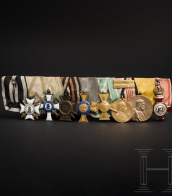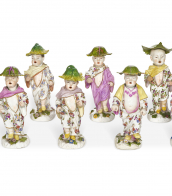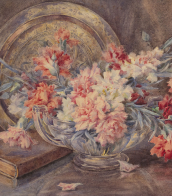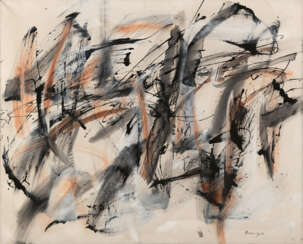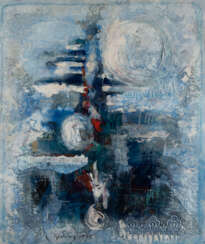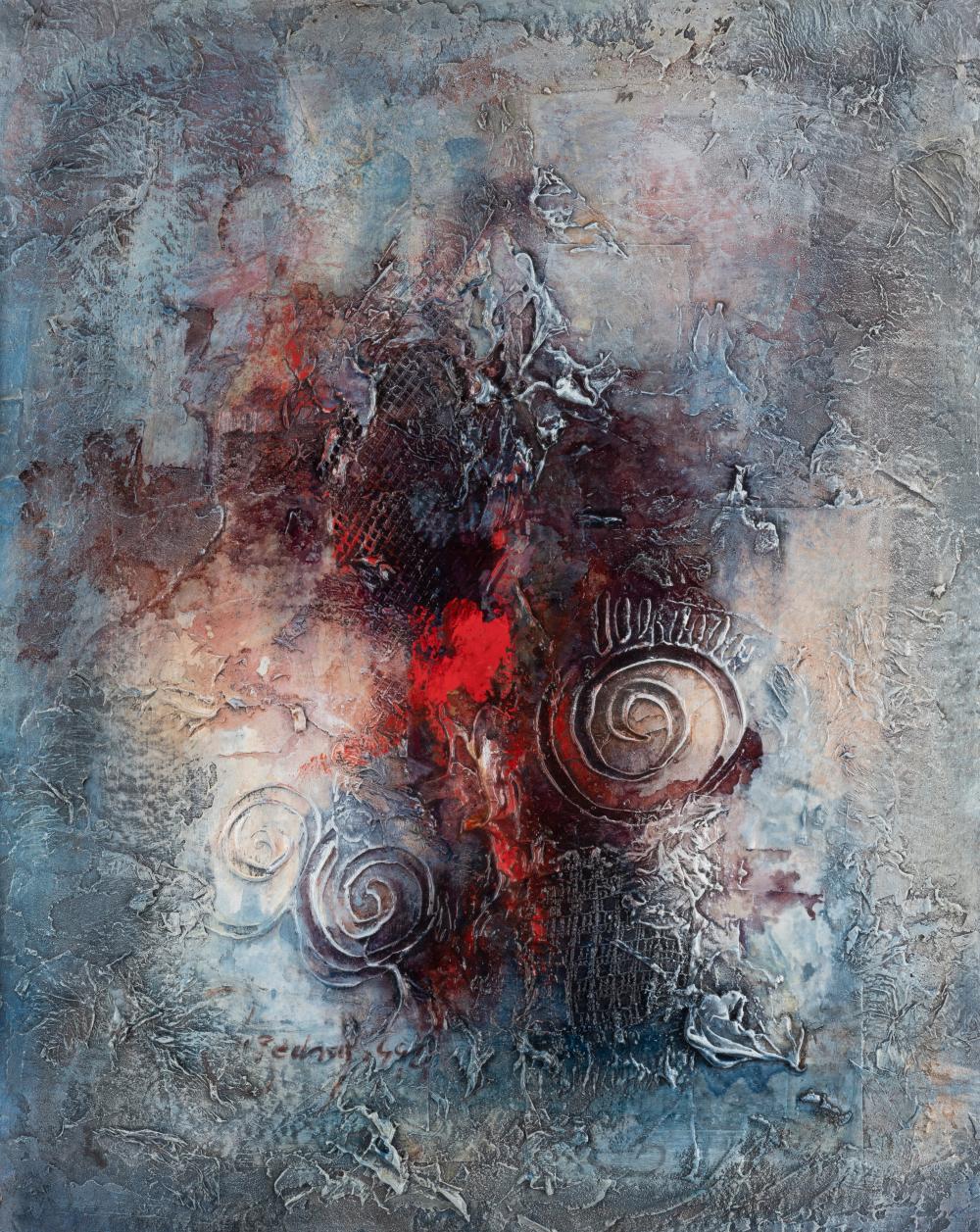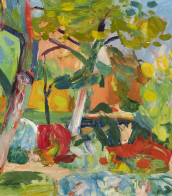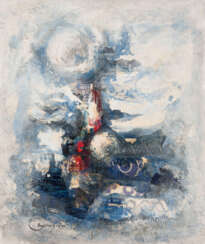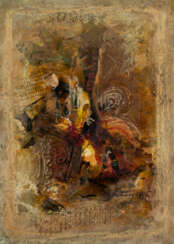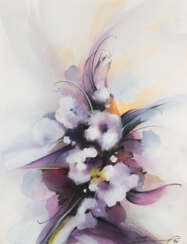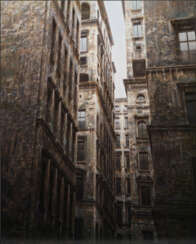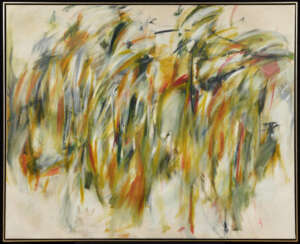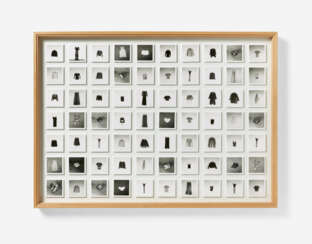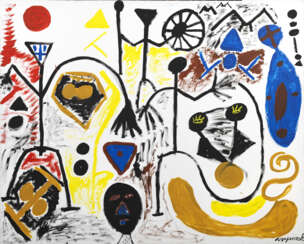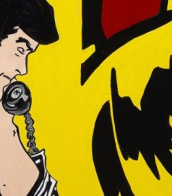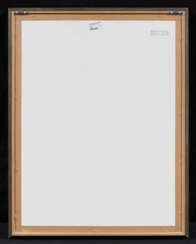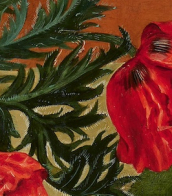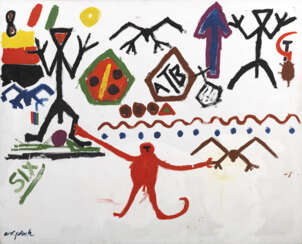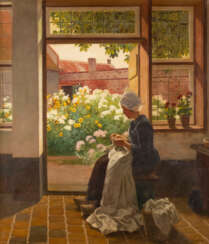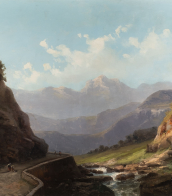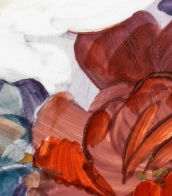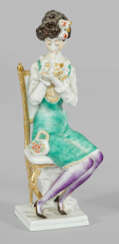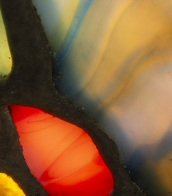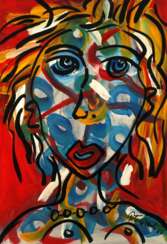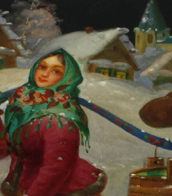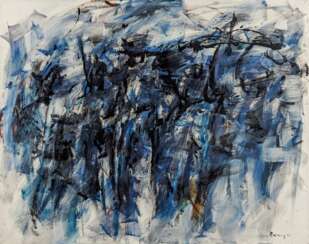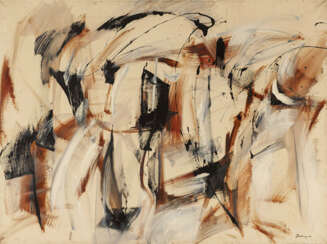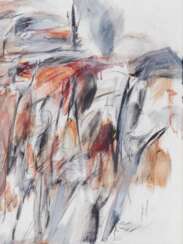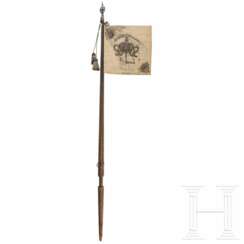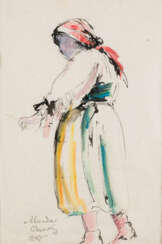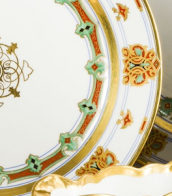peter rösel (1960)
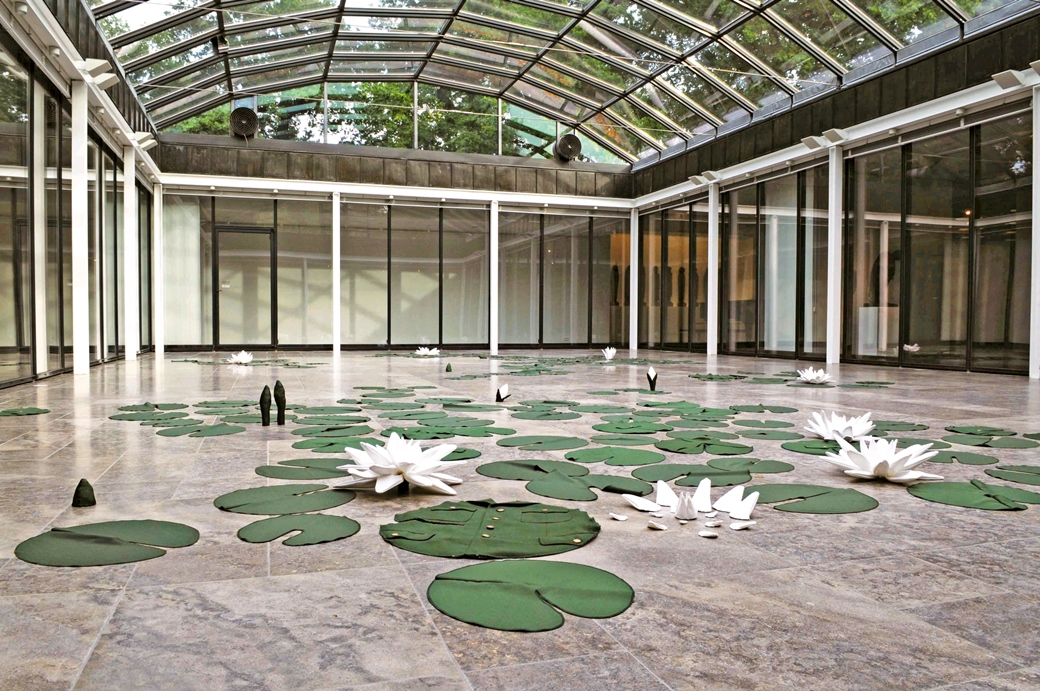
Peter Rösel is a German multimedia artist, sculptor and teacher who lives and works in Berlin.
He completed his studies at the Städel School of Fine Arts, lived in Morocco and then in Iraq. In the 1990s, Rösel became known to the general public for his humorous and sly works: Oil-on-canvas mirages, plants and entire plant ensembles made from police uniforms and barbed wire, landscapes on tin cans, lions sewn from New York City firefighters' uniforms, pots of plants sewn from German police uniforms... The artist takes pleasure in breaking down outdated patterns of thought and attitudes; ordinary materials in strange contexts offer the viewer unexpected encounters.
Peter Rösel has made a name for himself with numerous exhibitions in Germany and abroad.
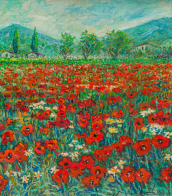
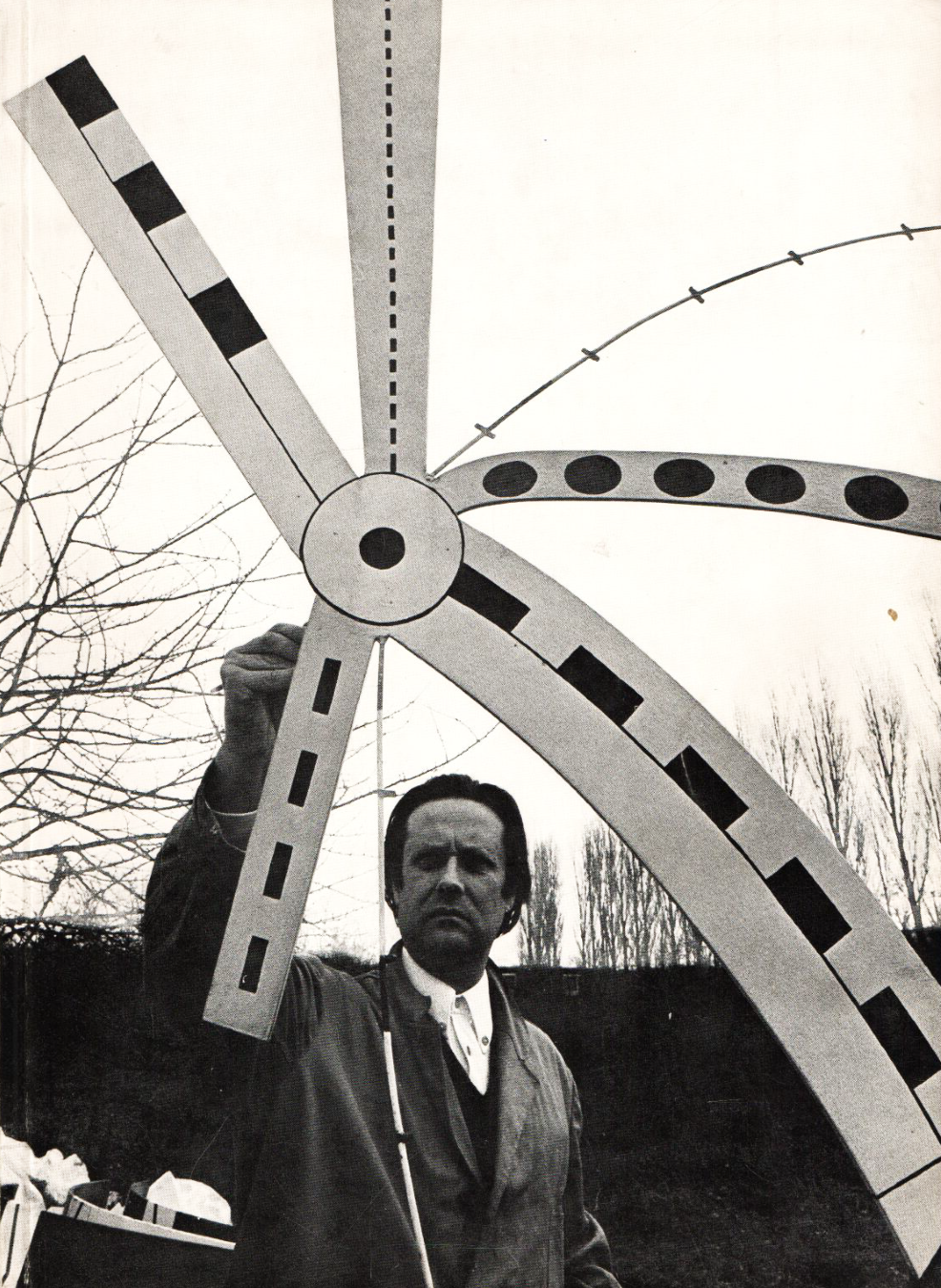
Peter Brüning was an internationally renowned German modernist painter and sculptor. His works of the 1950s can be classified as Informel.



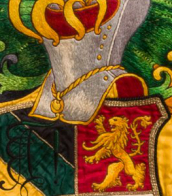

Peter Brüning was an internationally renowned German modernist painter and sculptor. His works of the 1950s can be classified as Informel.
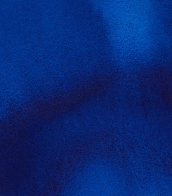

Peter Brüning was an internationally renowned German modernist painter and sculptor. His works of the 1950s can be classified as Informel.

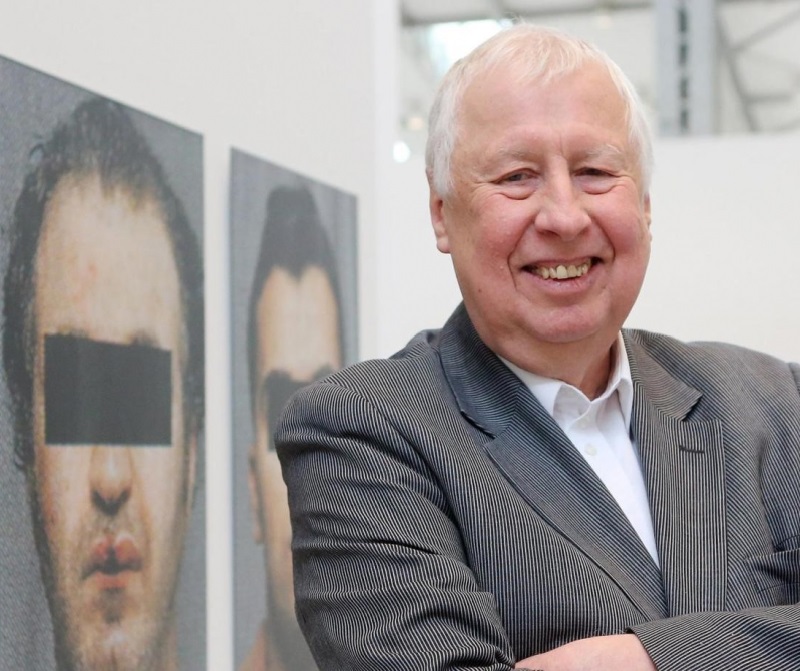
Hans-Peter Feldmann is a German visual artist. Feldmann's approach to art-making is one of collecting, ordering and re-presenting.
Hans-Peter Feldmann is a figure in the conceptual art movement and practitioner in the artist book and multiple formats.


Peter Brüning was an internationally renowned German modernist painter and sculptor. His works of the 1950s can be classified as Informel.
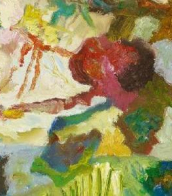

Peter Brüning was an internationally renowned German modernist painter and sculptor. His works of the 1950s can be classified as Informel.
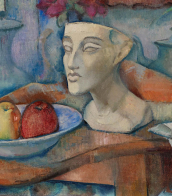

Peter Brüning was an internationally renowned German modernist painter and sculptor. His works of the 1950s can be classified as Informel.

